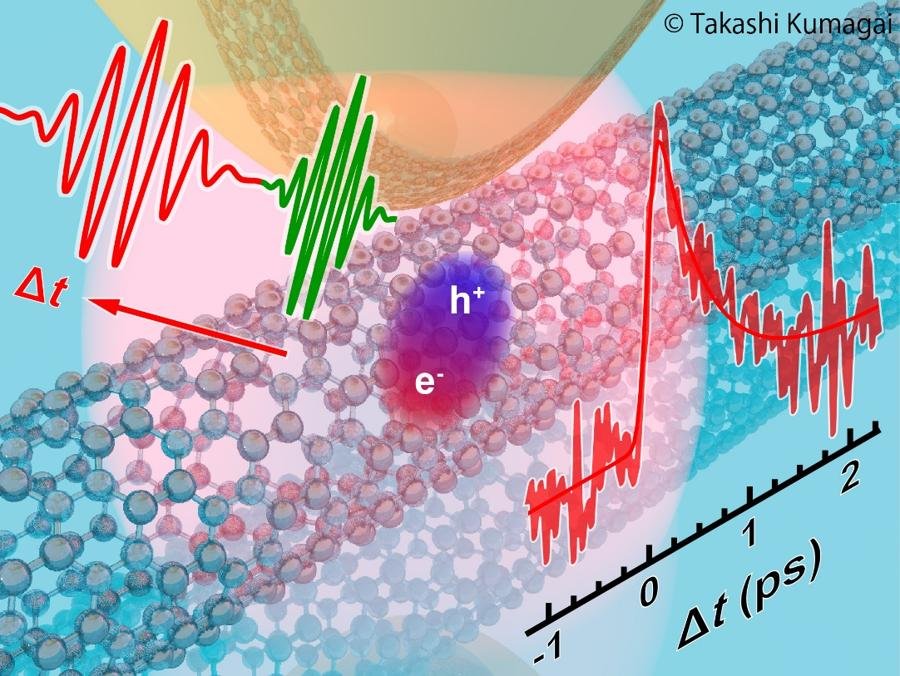2025-06-18 アリゾナ大学
 Human footprints at White Sands National Park in New Mexico, reported in 2021, show that human activity occurred in the Americas as long as 23,000 years ago – about 10,000 years earlier than previously thought. A new U of A study supports the 2021 findings.
Human footprints at White Sands National Park in New Mexico, reported in 2021, show that human activity occurred in the Americas as long as 23,000 years ago – about 10,000 years earlier than previously thought. A new U of A study supports the 2021 findings.
Courtesy of David Bustos/White Sands National Park
<関連情報>
- https://news.arizona.edu/news/earliest-evidence-humans-americas-confirmed-new-u-study
- https://www.science.org/doi/10.1126/sciadv.adv4951
- https://www.science.org/doi/10.1126/science.abg7586
ニューメキシコ州ホワイトサンズにおける最終氷期最大期(LGM)年代の人跡を裏付ける古湖年代学的研究 Paleolake geochronology supports Last Glacial Maximum (LGM) age for human tracks at White Sands, New Mexico
Vance T. Holliday, Jason D. Windingstad, Jordon Bright, Bruce G. Phillips, […] , and James E. Bowman
Science Advances Published:18 Jun 2025
DOI:https://doi.org/10.1126/sciadv.adv4951
Abstract
Discovery of human footprints in alluvium dated to the Last Glacial Maximum (LGM) at White Sands, New Mexico, was a notable step in understanding the initial peopling of the Americas, but that work was met with criticism focused on the reliability of the materials used in the radiocarbon dating (seeds of Ruppia and pollen). This paper reports on an independent study of the chronology of a previously unrecognized stratigraphic record of paleolake Otero that is directly traceable into the track-bearing alluvium. The stratigraphic data along with 26 additional radiocarbon dates on palustrine mud determined by two labs independent of the original investigations document an aggrading lake/wetland/stream record that includes the tracks and spans >23.6 thousand years to ~17.0 thousand calibrated years before present, providing another line of evidence further supporting the validity of an LGM age for the tracks.
最終氷期最盛期の北米における人類の痕跡 Evidence of humans in North America during the Last Glacial Maximum
Matthew R. Bennett, David Bustos, Jeffrey S. Pigati, Kathleen B. Springer, […] , and Daniel Odess
Science Published:23 Sep 2021
DOI:https://doi.org/10.1126/science.abg7586
Early footsteps in the Americas
Despite a plethora of archaeological research over the past century, the timing of human migration into the Americas is still far from resolved. In a study of exposed outcrops of Lake Otero in White Sands National Park in New Mexico, Bennett et al. reveal numerous human footprints dating to about 23,000 to 21,000 years ago. These finds indicate the presence of humans in North America for approximately two millennia during the Last Glacial Maximum south of the migratory barrier created by the ice sheets to the north. This timing coincided with a Northern Hemispheric abrupt warming event, Dansgaard-Oeschger event 2, which drew down lake levels and allowed humans and megafauna to walk on newly exposed surfaces, creating tracks that became preserved in the geologic record. —AMS
Abstract
Archaeologists and researchers in allied fields have long sought to understand human colonization of North America. Questions remain about when and how people migrated, where they originated, and how their arrival affected the established fauna and landscape. Here, we present evidence from excavated surfaces in White Sands National Park (New Mexico, United States), where multiple in situ human footprints are stratigraphically constrained and bracketed by seed layers that yield calibrated radiocarbon ages between ~23 and 21 thousand years ago. These findings confirm the presence of humans in North America during the Last Glacial Maximum, adding evidence to the antiquity of human colonization of the Americas and providing a temporal range extension for the coexistence of early inhabitants and Pleistocene megafauna.



